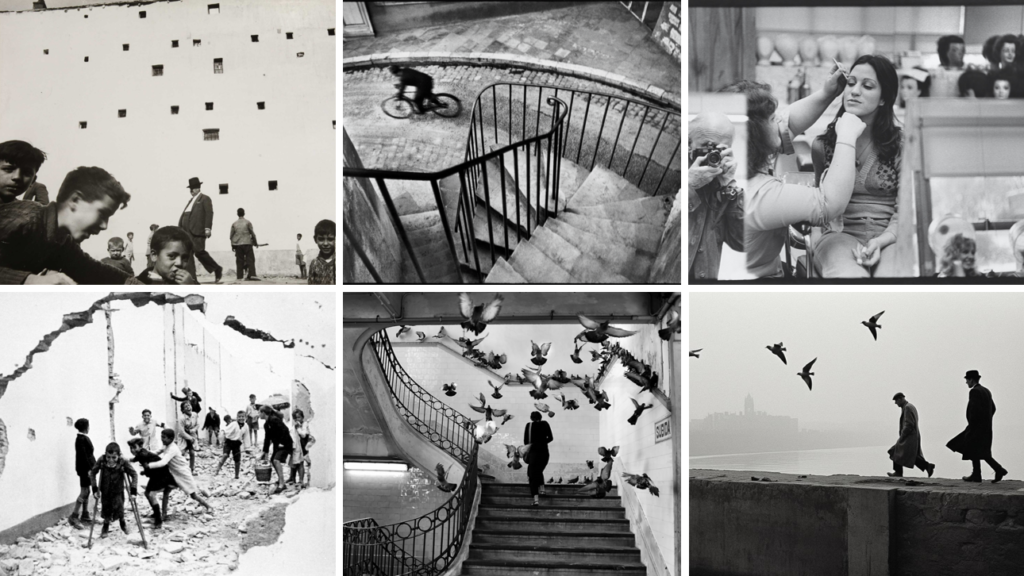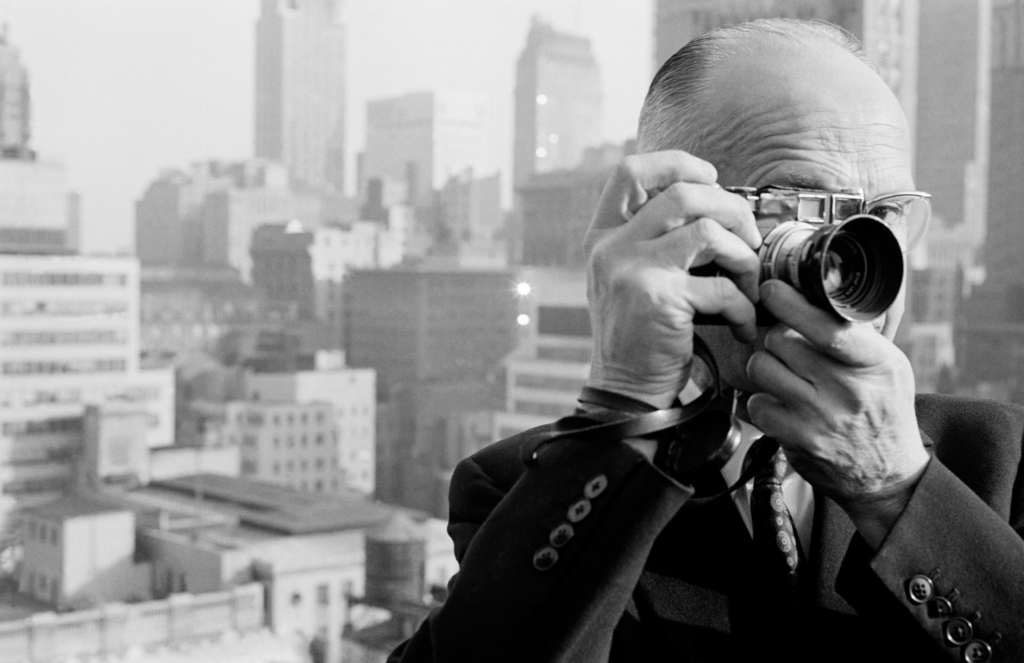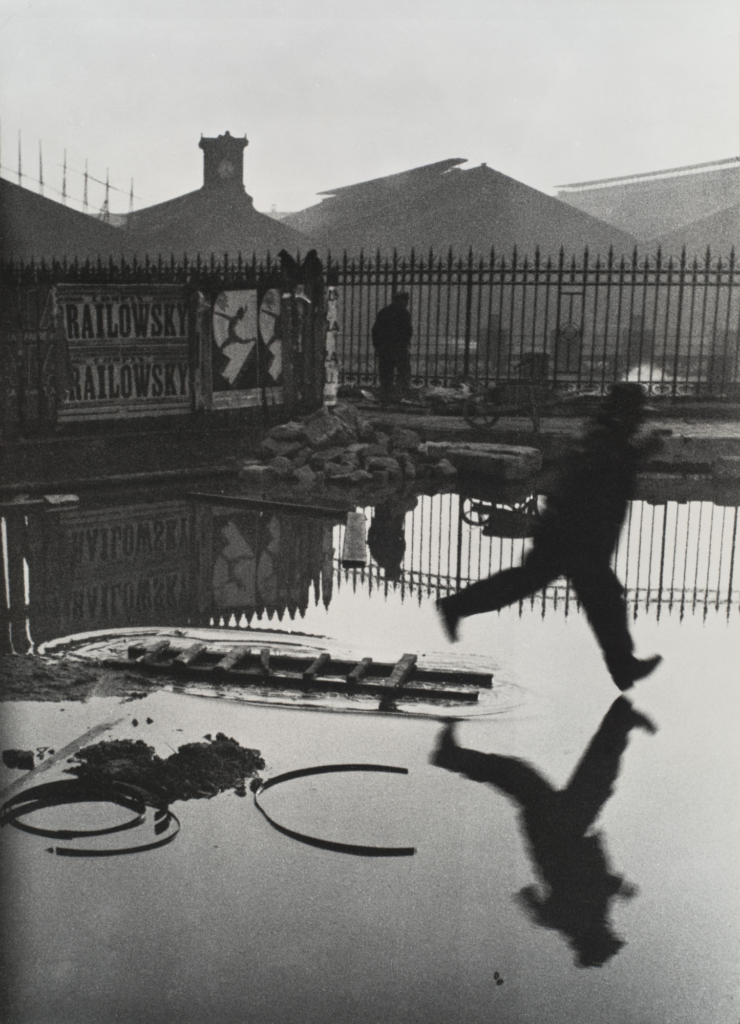Photos by Henri Cartier Bresson

About Henri Cartier Bresson

Henri Cartier-Bresson was a photographer who is best known for his candid street photography. He was born in Chanteloup, France in 1908 and grew up in a wealthy family. Henri was introduced to the arts early and was initially drawn to painting until he discovered photography. This was where his passion for photography sparked as he believed that it was an extension to drawing. Growing up, Henri went to school not far from Paris then later attended Cambridge to study Literature and Art. Henri was a photographer for over 40 years and travelled the world until he sadly passed in 2004.
About his Work and Career

After attending college at Cambridge and being released from the Army, Cartier-Bresson travelled to Africa in 1931 to hunt wild antelope and boar. He soon grew tired of this sport and gave it up as he was never interested in eating the animals. He then began taking photographs of the world around him after receiving a Brownie as a gift. Interestingly, Henri likened photography to hunting as he said “It’s like being a hunter. But some hunters are vegetarians – which is my relationship to photography.” By this, Henri was referring to the fact that he prefers taking shots than actually printing and displaying them. Another way in which these hobbies/proffesions can be similar is the fact that you have to watch and wait patiently in order to get the right shot. Henri Cartier-Bresson became a humanist photographer and is now considered a master of Candid photography as the subject of his work was to capture the movement of people through the world. Upon returning to France later that year, Henri purchased his first Leica Rangefinder camera. At the time, these cameras were revolutionary pieces of equipment in photography and Cartier-Bresson would use these as they were discreet, compact and quiet cameras. This was essential for Henri Cartier-Bresson as he aimed to catch unstaged moments and avoid drawing attention to himself when taking street photographs. Finally, Henri preferred the 50mm lens as the field of view was the most similar to the human eye which could ensure that his images felt natural and immersive to the viewers.
The Decisive Moment
The main component of Henri’s work was the use of the decisive moment. The decisive moment in photography is about intuition, anticipation and the connection with the subject and the environment. The term ‘decisive’ means to make a quick and effective decision which in photography would be the moment you decide to release the shutter to take a photo. By using the decisive moment, Henri Cartier Bresson would ensure that his work was candid and natural. A good example of the use of this moment in Cartier Bresson’s work would be his photograph Behind the Gare Saint Lazare, an image of an unknown man leaping over a puddle.
Image Analysis – Behind the Gare St. Lazare. 1932

This is an image by Henri Cartier Bresson which was taken in 1932 behind the Gare St. Lazare. Train Station. This image represents the decisive moment, which is shown by how the man was captured mid air. Henri used his intuition when taking this image and made the decision to take the photograph at that moment so that he could display the figure jumping. Overall, this image displays a man who seems to be attempting to jump over the large puddle from the ladder on the floor with some other people stood in the background. This image has the use of the rule of thirds as the guy is centred vertically within the last third. The reflection of the fence in this image also aligns with the centre horizontal third. There are also leading lines in this image which lead your gaze towards the man such as the ladder and the fence. In addition, the tower in the background of this photo and the reflection of the man are the two aspects which leak the most into the negative space (the water and sky). This demonstrates balance and allows you to focus on the centre of the image without distraction. Due to this image being in black and white, there is high contrast within the image, specifically between the man’s reflection and the water. By looking at this image, I can tell that it was taken on a somewhat cloudy day with the use of a slow shutter speed as there is slight motion blur from the man. I personally think that this image looks staged, although Henri is trying to capture a candid moment, as the guys looks to be jumping in to the puddle and not over it and you can’t even see the edge of it.
